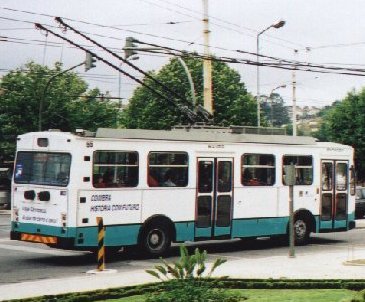|
OPORTO TO COIMBRA RAIL TRIP page |
LUSO PAGES HOME PAGE
LISBON TRANSPORT
OPORTO TRANSPORT
Oporto's Bridges
Oporto Buses
Oporto Coaches
Oporto Funicular
Oporto Metro
Oporto Railways
Oporto Railway Trip to Coimbra
Oporto Tram Museum
Oporto Transport Museum
Eating & Drinking in Oporto

Oporto to Coimbra by Rail
A viagem ferroviária do Porto para Coimbra
 31 December 2001
31 December 2001
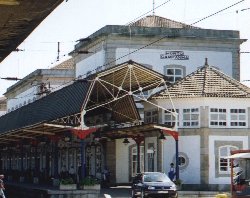
Porto Campanhã station.

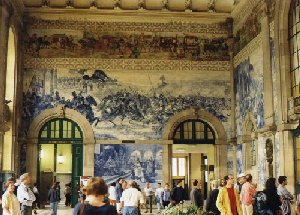
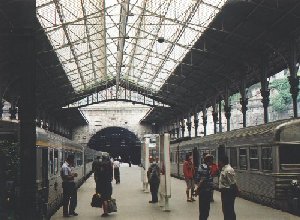
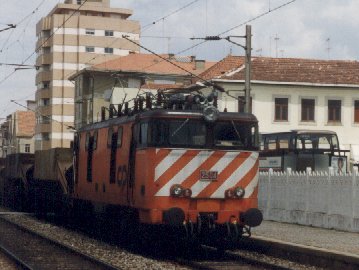
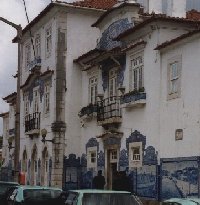 This lovely town, with a canal system, is well worth a visit. Its five-platformed station is well adorned with tiled views of local scenes both on the platforms and on the exterior (seen right). There is a goods bay to the right of the Coimbra-bound platform. A railcar is often to be seen on the left-hand platforms, waiting to depart on the threatened Sernada do Vouga line.
This lovely town, with a canal system, is well worth a visit. Its five-platformed station is well adorned with tiled views of local scenes both on the platforms and on the exterior (seen right). There is a goods bay to the right of the Coimbra-bound platform. A railcar is often to be seen on the left-hand platforms, waiting to depart on the threatened Sernada do Vouga line.
